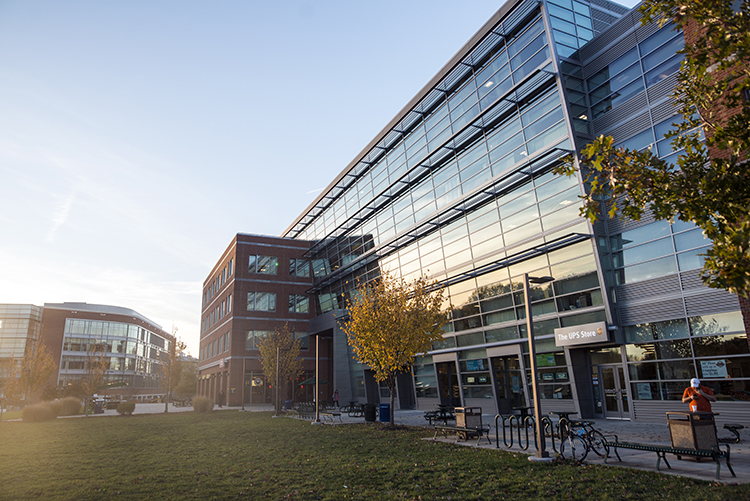In This Story

George Mason University passed an important step in the process of reaffirming its accreditation, when the Southern Association of College and Schools Commission on Colleges (SACSCOC) found the university to be in compliance with its 72 standards of accreditation.
Accreditation reviews occur every 10 years and are an investigation of everything related to the university, including academic programs, student services, and finances.
A finding in which there are no issues of noncompliance is considered highly unusual and will be a positive consideration when the SACSCOC board meets in December to vote on Mason’s accreditation.
“I am proud that this extensive accreditation process, which included input from many stakeholder groups, confirmed George Mason University is successfully carrying out its mission of inclusive excellence as Virginia’s largest and most diverse public university,” Mason President Gregory Washington said.
The two-and-a-half-year reaccreditation process has multiple components, starting with a self-evaluation Mason submitted to SACSCOC that included 471 single-spaced pages and more than 2,500 pieces of evidence, said Matt Smith, Mason’s director of accreditation.
A new Quality Enhancement Plan (QEP)—a five-year initiative SACSCOC requires that outlines an institution’s plan to maximize student outcomes—was also submitted. Titled “Transformative Education through Anti-Racist Community Engagement,” it can be read here.
Finally, a nine-person SACSCOC review committee, made up of administrators and staff from peer institutions, was at Mason the week of April 11, visited Mason campuses and interviewed faculty, staff, and students. It also held virtual meetings and interviews with faculty, staff and students from Mason Korea.
Mason Provost Mark Ginsberg said the accreditation process is an important way to affirm the quality of academic programs and operations, and also provides an opportunity to identify pathways for improvement.
“I am very grateful to our entire community—faculty, staff, and students—for their work and participation in the process,” Ginsberg said. “We are also grateful to and respectful of the SACSCOC review teams. Indeed, we are very proud of Mason and very pleased with the favorable perceptions and positive report prepared by the site team.”
“It’s an indicator,” Smith said of the site visit process, “that Mason is on the right track.”
Mason’s internal reaffirmation leadership team included Smith; Gesele Durham, vice provost for the Office of Instructional Effectiveness and Planning; Kim Eby, vice provost, faculty affairs and development; Janette Muir, vice provost, academic initiatives and services; Bethany Usher, associate provost, undergraduate education; Doug McKenna, university registrar; and Justin Sutters, associate professor of art education and the SACSCOC faculty fellow.
Also integral to the process: Kristen Wright, director of Mason’s Office of Community Engagement and Civic Learning, who led the preparation of the QED, and Nancy Dunham, an academic program analyst in Smith’s office.
